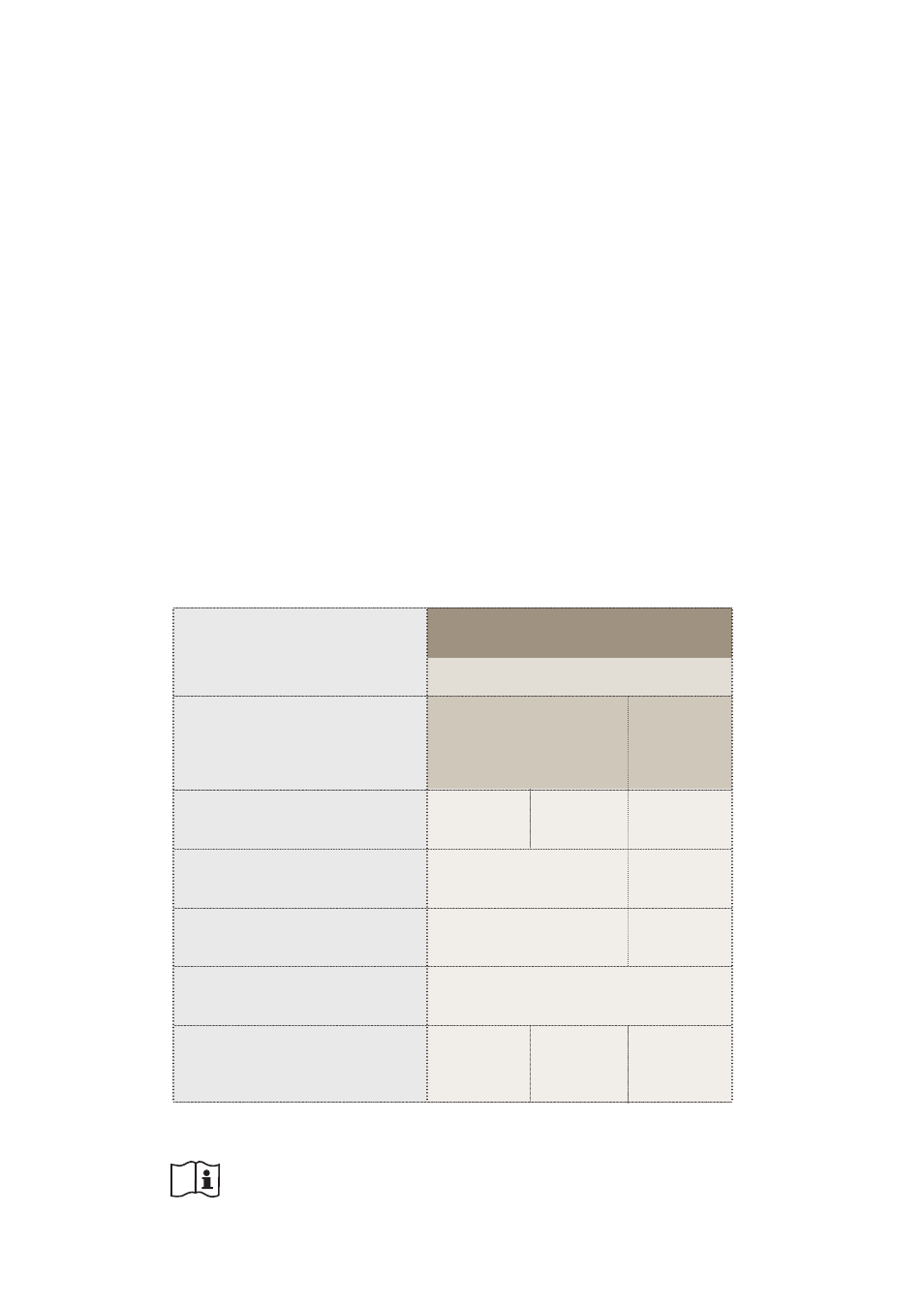Preparing for cementation – Ivoclar Vivadent IPS e.max ZirPress User Manual
Page 66

66
Please observe the corresponding Instructions for Use.
IPS e.max ZirCAD / IPS e.max ZirPress
Zirconium oxide /
Nano-fluorapatite glass-ceramic
Crowns and bridges
w./w.o. pressed shoulder
adhesive
adhesive
self-adhesive /
conventional *
Cleaning with Al
2
O
3
at max. 1 bar (15 psi)
60 sec with Monobond
®
Plus
SpeedCEM
Vivaglass
®
CEM
Multilink
®
Automix
Multilink
®
Automix
––
––
Inlay-retained
bridges
20 sec with
IPS Ceramic
Etching Gel
Material
Indication
Cementation method
Blasting
Etching
Conditioning/Silanization
Cementation system
Preparing for Cementation
Conditioning of the restoration and preparation depends on the cementation method used as well as the cementation
material. The following paragraphs describe the basic working steps to prepare for cementation. Please refer to the
Instructions for Use of the corresponding cementation material regarding the detailed processing procedure.
Conditioning of the restoration
Conditioning of the ceramic surface in preparation for cementation is decisive for generating a sound bond between the
cementation material and the all-ceramic restoration. For the combination of IPS e.max ZirCAD and IPS e.max ZirPress,
conditioning must be carried out according to the respective indication.
The following steps must be observed:
– The surface of zirconium oxide-supported restorations may be cleaned with max. 1 bar (15 psi) pressure before
cementation.
– High-strength zirconium oxide ceramics are generally not etched with hydrofluoric acid gel (IPS Ceramic Etching Gel),
since no etching pattern is produced. In pressed-over inlay-retained bridges – with contact of the glass-ceramic and the
tooth structure the pressed-on glass-ceramic must be etched with hydrofluoric acid (IPS Ceramic Etching Gel).
– Thoroughly clean the restoration with water and blow dry.
– For adhesive or self-adhesive cementation, silanize the bonding surface of the restoration using Monobond Plus.
The range of available products may vary from country to country.
*
Do not condition with Monobond Plus if conventional cementation is used.
